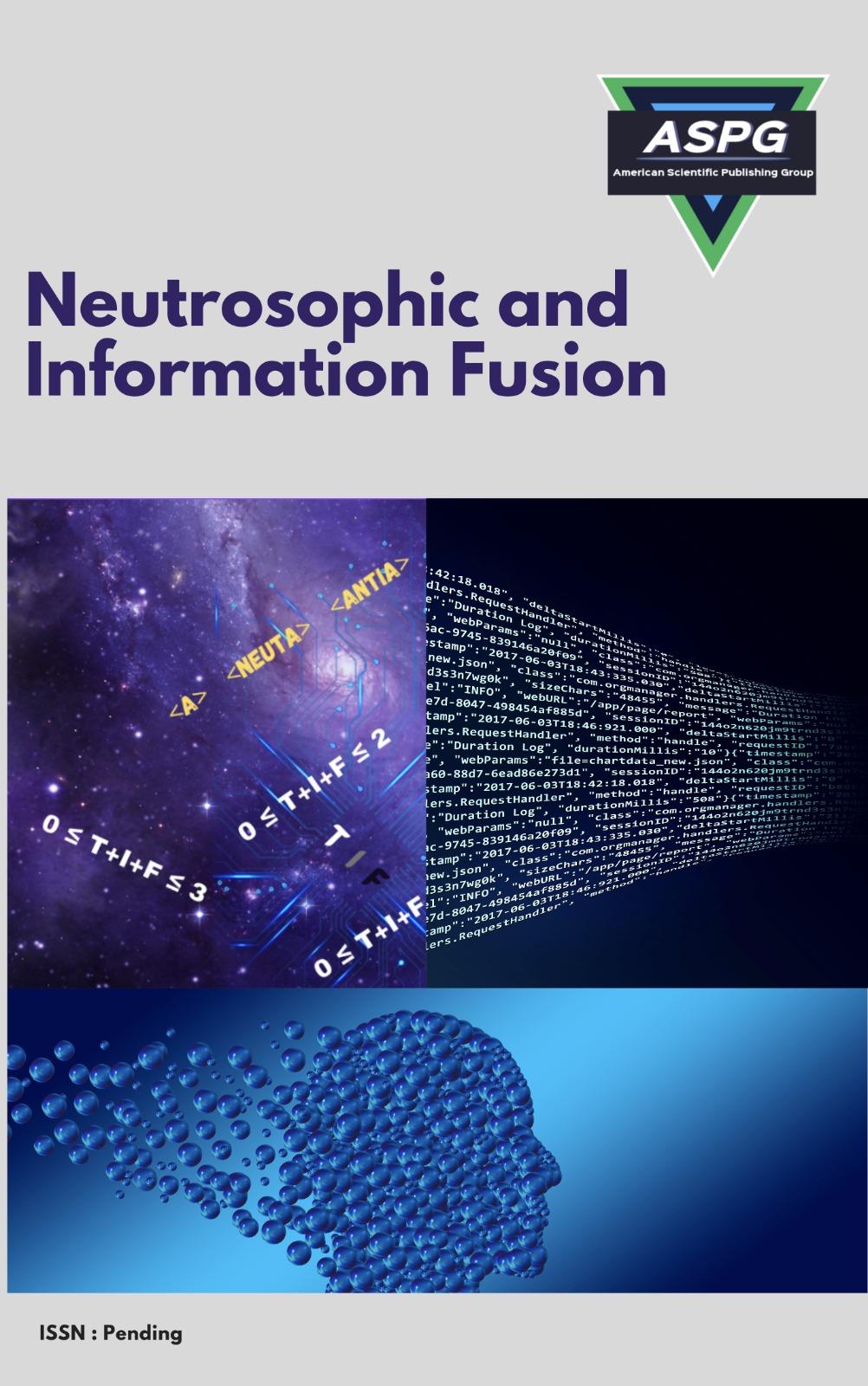

In this research, we study the problem of determining the degree of approximation of functions using the Hausdorff method, and we can do this by proving the following results: If f∈Lip(α,p)with α>1/p and be a continues aimost everywhere and 2m periodic function,Then the degree of approximation of (f ) ̃using hausdorff means of conjugate fourier series, is given by: 〗|(|H ̃_((n+λ) ) (f,a)-(f ) ̃(a)|)|_p=0((n+λ)^(1/p-α) ) If f be a 2m periodic function, continues almost everywhere on [–m,m] andbelonging to the class Z_(α,p ),p≥1 .then the degree of approximation of function f of fouier series using hausdorff means,is given by: E_((n+λ) ) (f)= inf_((n+λ) ) ‖H_((n+λ) )-f‖_(α,p)=0(1/((n+λ) ) ∫_(1/(n+λ))^m▒〖t^(α-2)/v(t) dt〗) (5) where〖 t〗^αand v the zygmund moduli of continuity sunch that t^α/v(t) positive and monotonic function.
Read MoreDoi: https://doi.org/10.54216/NIF.040201
Vol. 4 Issue. 2 PP. 01-08, (2024)
A condensed study will be done to compare the ordinary estimators. In particular, the maximum likelihood estimator and the robust estimator, to estimate the parameters of the mixed model of order one, namely BARMA (1, 1). Simulation experiments will be applied for varieties of BARMA (1, 1) based on using small, moderate, and large sample sizes, where some new results were obtained. MAPE was used as a statistical criterion for comparison.
Read MoreDoi: https://doi.org/10.54216/NIF.040202
Vol. 4 Issue. 2 PP. 09-17, (2024)
Handover process is one of the most important aspects of mobility management in 5G wireless networks. It becomes a hot topic for researchers because it constitutes a guarantee of communication continuity during the user's movement, in addition to being the basic step on which the mobility load balancing process depends to distribute the load between the cells. The focus on this process is whether by providing solutions to improve the handover decision-making, or by modifying the values of the handover control parameters in a way that it guarantees the reduction of handover problems, because the inaccurate or unnecessary modification of these parameters values will cause a degradation in the quality of service. This paper presents a study targeting two mechanisms to improve handover decision-making and selection of handover control parameters adaptively based on different schemes. The first one, based on a learning model called LIM2 and the second one is based on fuzzy logic and is called RHOT-FLC. The results show that the RHOT-FLC mechanism, which relies on fuzzy logic and takes into account the user's velocity provides better performance in term of average throughput, packet drop rate, average HOPP probability, average HO latency, HO failure.
Read MoreDoi: https://doi.org/10.54216/NIF.040203
Vol. 4 Issue. 2 PP. 18-29, (2024)
In this paper, we solve the Kuramoto-Sivashinsky Equation numerically by finite-difference methods, using two different schemes which are the Fully Implicit scheme and Exponential finite difference scheme, because of the existence of the fourth derivative in the equation we suggested a treatment for the numerical solution of the two previous scheme by parting the mesh grid into five regions, the first region represents the first boundary condition, the second at the grid point x1, while the third represents the grid points x2,x3,…xn-2, the fourth represents the grid point xn-1 and the fifth is the second boundary condition. We also, study the numerical stability by Fourier (Von-Neumann) method for the two scheme which used in the solution on all mesh points to ensure the stability of the point which had been treated in the suggested style, we using two interval with two initial condition and the numerical results obtained by using these schemes are compare with Exact Solution of Equation Excellent approximate is found between the Exact Solution and numerical Solutions of these methods.
Read MoreDoi: https://doi.org/10.54216/NIF.040204
Vol. 4 Issue. 2 PP. 30-44, (2024)
In this paper, we discuss the problem of converting auto-regression models at a discrete time into auto-regression models at continuous time, based on the idea of converting auto-regression models from first to second order. We study the general formula of AR (p) and its ability to convert from discrete to continuous time. Also, we use our model to study some real-life problems as a direct application of our approach.
Read MoreDoi: https://doi.org/10.54216/NIF.040205
Vol. 4 Issue. 2 PP. 45-54, (2024)